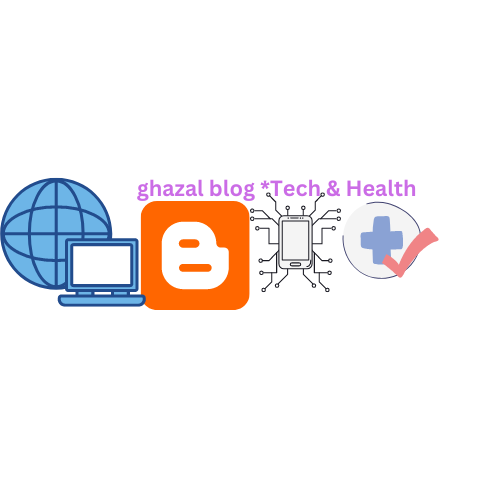Hearing-impaired people will now be able to listen to music
 |
Hearing-Impaired People |
Hearing-impaired people have long faced difficulty in enjoying music to the fullest extent. However, recent advancements in technology have made it possible for them to now listen to music with greater ease and enjoyment. One of the primary ways that technology is helping hearing-impaired individuals listen to music is through the use of hearing aids with advanced sound processing capabilities. Many modern hearing aids now have the ability to adjust the volume and frequency of sounds in real-time, allowing individuals with hearing loss to better hear and enjoy music. Additionally, some hearing aids also have built-in Bluetooth connectivity, which allows them to connect wirelessly to music devices and stream music directly to the hearing aids. Another way that technology is helping hearing-impaired individuals listen to music is through the use of specialized software and apps. There are now apps available that can adjust the volume, frequency, and sound quality of music in real-time, making it easier for individuals with hearing loss to hear and enjoy their favourite songs. Additionally, some apps can even provide lyrics and other information about the songs being played, further enhancing the listening experience for hearing-impaired individuals.
In addition to these technological advancements, there are also now specialized headphones and earbuds designed specifically for individuals with hearing loss. These headphones and earbuds have built-in sound processing capabilities that allow them to adjust the volume, frequency, and sound quality of music in real-time. They also often have larger drivers and improved noise-cancellation capabilities, which helps to reduce background noise and further improve the overall listening experience.
Moreover, there are now live music events that are designed specifically for hearing-impaired individuals. These events often feature audio-descriptive services, which provide real-time descriptions of the music and other sounds taking place on stage. This allows individuals with hearing loss to better understand and appreciate the music and other sounds, even if they are unable to hear them directly.
In conclusion, the advancement in technology has significantly improved the music listening experience for hearing-impaired individuals. With the help of hearing aids with advanced sound processing capabilities, specialized software and apps, headphones and earbuds designed specifically for hearing loss, and live music events that cater to the needs of hearing-impaired individuals, they can now enjoy music to the fullest extent. The progress made in this area is a testament to the continued efforts of researchers, scientists, and engineers who are dedicated to improving the lives of individuals with hearing loss.
which of these inventions arose from an attempt to help hearing-impaired people?
The new technology will be useful for the hearing impaired. According to the foreign news agency, the hearing impaired will now be able to listen to music through the new technology. Scientists have designed an algorithm that converts monophonic music into tangible stimuli transmitted through vibration. . which gives the person wearing the instrument a sense of music. This device can also be used in concerts. Experts say that we have been researching it for a long time to enable those who cannot hear to hear and to some extent, we have succeeded in this. Trying to figure out how music can treat mental illness and pain and how it can affect one's mood and abilities. More than 50 people were tested with this machine. All individuals were fitted with devices on their wrists and reported positive results.
Algorithm The new technology will be useful for the hearing impaired
which invention arose to help hearing-impaired people
Yes, new technology such as hearing aids with advanced algorithms and machine learning capabilities can greatly benefit the hearing impaired by improving sound quality, reducing background noise, and allowing for more personalized sound adjustment. Additionally, assistive technologies such as closed captioning, speech-to-text software, and audio-described videos can also help provide greater accessibility for those with hearing impairments.


.jpeg)
.jpg)
.jpeg)
.jpeg)